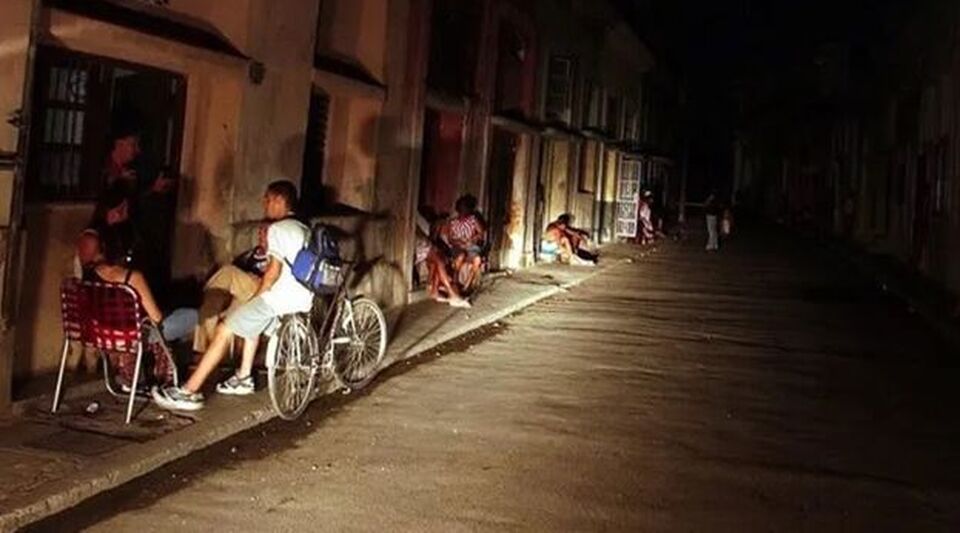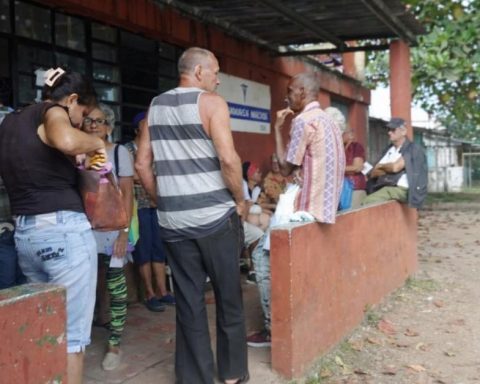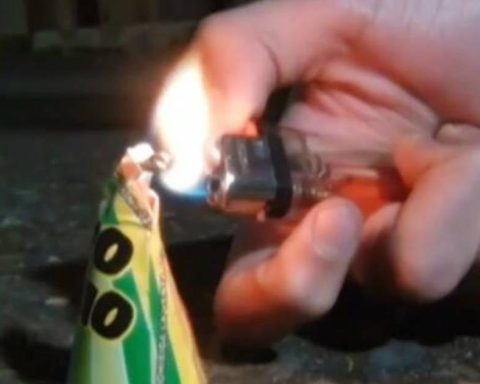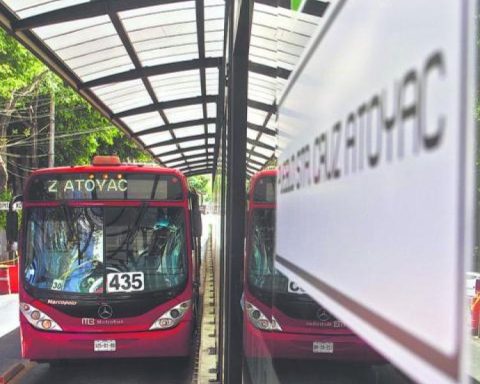A massive blackout has left a large part of Cuba without electricity this Wednesday afternoon and is the fourth reported in the last two weeks. The provinces from Cienfuegos to Guantánamo are without service, reported the Electric Union on its official channels, without failing to mention that “work is being done” to restore electricity “in the shortest possible time.”
According to a brief statement from the Camagüey Electric Company, the National Electric Power System “shot again in the Cienfuegos area” and “the fault voltage level” was “220,000 volts.”
The blackout has come to rain on wet because most of the affected territories this Wednesday also suffered the break on Tuesday in which, according to official sources, a fire damaged the energy infrastructure from the center of the country to its easternmost part.
“We have spent two days when it is time to cook there is no way to turn on the electrical appliances,” says independent reporter Francisco Herodes Díaz from the city of Santiago de Cuba. “When we were getting used to having electricity again, the blackout came again.”
“We’ve been cooking for two days and there’s no way to turn on the appliances”
The situation is especially sensitive in areas of the country that depend on electricity for cooking food, because they do not have a supply of manufactured gas or access to liquefied gas, which is distributed in pellets, or the possibility of maintaining a supply of firewood or charcoal.
In an intervention on state television on February 16, the Minister of Energy and Mines, Vicente de la O Levy, pointed out that “some 250 million dollars a year” are needed for the network to work under “normal conditions”, without count the cost of importing fuel. In 2022 alone, $1.7 billion was spent on it.
Piñón added that to renew the entire electrical system, 10,000 million are required. The official added that even if Cuba had the “10,000 million” tomorrow, it would not be enough to “solve the problem” because time is playing against it.
“(It takes) five to eight years to recapitalize the entire system,” he said.
After the drop in tourism income, derived from the increase in US sanctions during the Donald Trump Administration and the complications of the pandemic, the purchase of spare parts and maintenance began to be increasingly deficient, causing the availability of of energy in Cuba out of 37% of the installed capacity in the country.
Although there were also demands for a political change on the Island and for freedom, the last two large anti-government protests took place in a context of a general electrical crisis: on July 11, 2021 (11J) and at the end of September and early October 2022after the passage of Hurricane Ian.
________________________
Collaborate with our work:
The team of 14ymedio He is committed to doing serious journalism that reflects the reality of deep Cuba. Thank you for accompanying us on this long road. We invite you to continue supporting us, but this time becoming a member of our newspaper. Together we can continue transforming journalism in Cuba.


















